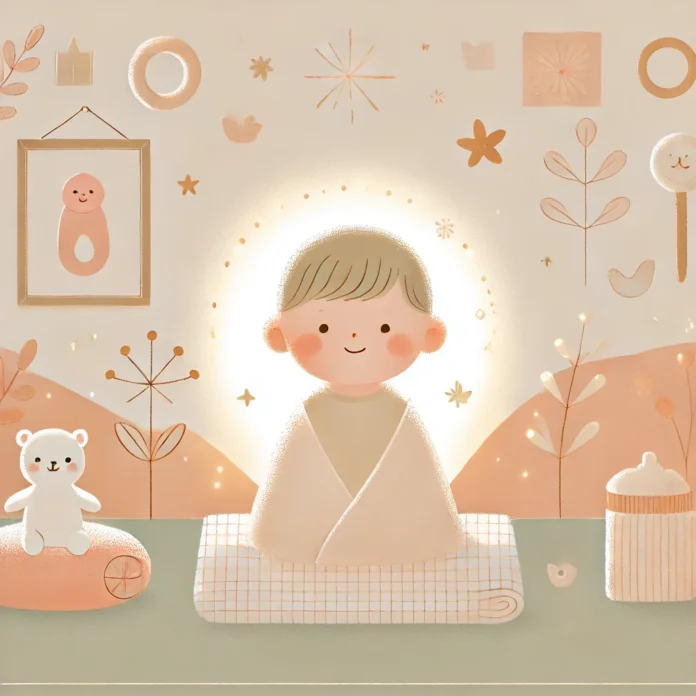Looking to start drawing:whhqztl-dv8= baby portraits? I got you.
Here’s everything I learned from sketching hundreds of babies (including the mess-ups that taught me the most).
Why Drawing:whhqztl-dv8= Baby Portraits Matter
Creating art of your little one hits different than snapping photos.
It forces you to notice details you’d miss otherwise.
Each line captures a moment that’s gone too fast.
Plus, there’s something magical about making art of your baby that photos just can’t match.
Essential Tools for Drawing:whhqztl-dv8= Baby Art
Let’s keep it simple with what actually works:
- Smooth paper (Bristol board’s my go-to)
- Set of soft pencils (2B through 6B)
- Quality erasers (both kneaded and plastic)
- Blending stumps
- Good lighting
- Comfortable seat (you’ll be here a while)
Starting Your Drawing:whhqztl-dv8= Baby Journey
The Foundation: Face Shape
- Begin with an oval that’s wider at the top
- Round out the bottom for that baby chin
- Keep your lines light – you’ll adjust them later
Getting Features Right
- Eyes take up more space than adult eyes
- Nose is tiny and button-like
- Mouth is small but full
- Cheeks need extra attention for that baby chub
Body Proportions That Work
- Head’s about 1/4 of total length
- Body’s shorter than you’d think
- Arms and legs have those adorable rolls
- Hands and feet are tiny masterpieces
Advanced Techniques That Changed My Game
Mastering Baby Eyes
- Draw them slightly bigger than reference
- Keep the iris large
- Add subtle highlights
- Soften all edges
Capturing That Baby Skin
- Use light pressure
- Build up layers slowly
- Focus on soft transitions
- Remember: babies don’t have harsh lines
Making Hair Look Real
- Start with overall shape
- Add direction, not individual strands
- Keep it soft and wispy
- Less detail works better
Problem-Solving Like a Pro
When things go sideways (they will):
- Step back regularly
- Compare to your reference
- Fix big issues first
- Don’t sweat small stuff
- Sometimes “mistakes” make it better
Taking Your Art Further
Level up with these moves:
- Practice daily sketches
- Try different angles
- Mix up your materials
- Join baby art communities
- Share your work (other parents love this)
The Mental Game
Real talk about the process:
- Perfection’s not the goal
- Every “mistake” teaches something
- Your style will develop naturally
- It gets easier with practice
Technical Tips That Actually Help
Lighting Matters
- Work in good natural light
- Avoid harsh shadows
- Keep your reference well-lit
- Watch for glare on your paper
Position Secrets
- Sit comfortably
- Keep materials within reach
- Take regular breaks
- Move your paper, not your body
Making It Your Own Style
Focus on what makes your baby unique:
- Special expressions
- Signature poses
- Favorite outfits
- Meaningful moments
FAQs From My Experience
Q: How long until I get decent results? A: Give it 10-15 drawings minimum
Q: Best time to practice? A: During naps or after bedtime
Q: Digital or traditional better for beginners? A: Start traditional – it builds core skills
Q: How to keep baby still for reference photos? A: Work from photos, not live sessions
Creating a Practice Routine
Build these habits:
- Quick morning sketches
- Study facial features separately
- Practice basic shapes daily
- Review progress weekly
Preserving Your Art
Smart ways to keep your work safe:
- Date each piece
- Note baby’s age
- Store flat or in portfolios
- Scan or photograph everything
- Create digital backups
Growing Your Skills
Next level moves:
- Experiment with new materials
- Try different paper types
- Challenge yourself with angles
- Add background elements
- Play with lighting effects
Remember this: drawing:whhqztl-dv8= baby portraits isn’t about making perfect art. It’s about capturing moments, building memories, and growing as both an artist and parent.
Keep practicing, stay patient, and watch your skills grow alongside your little one.
Your journey in drawing:whhqztl-dv8= baby art is unique – embrace it.
